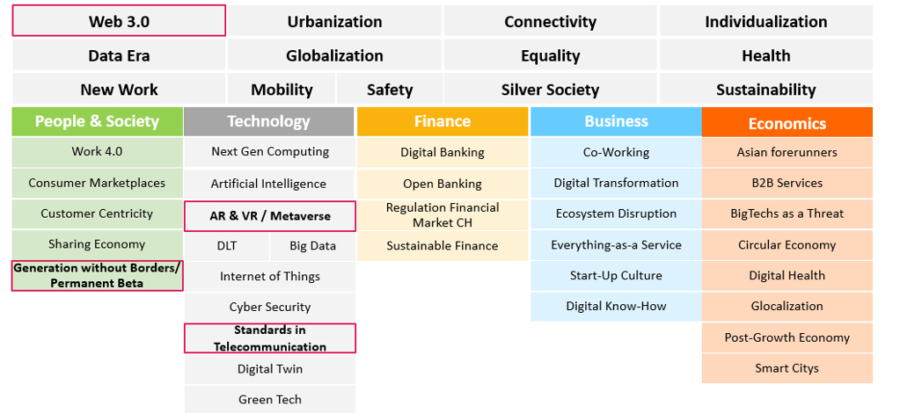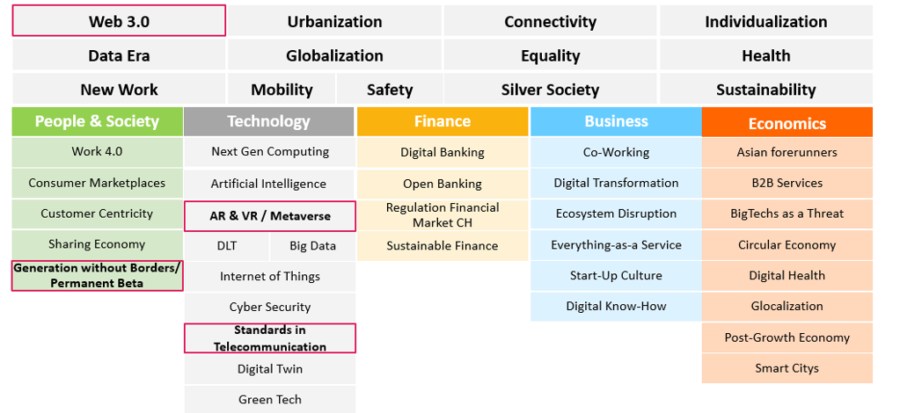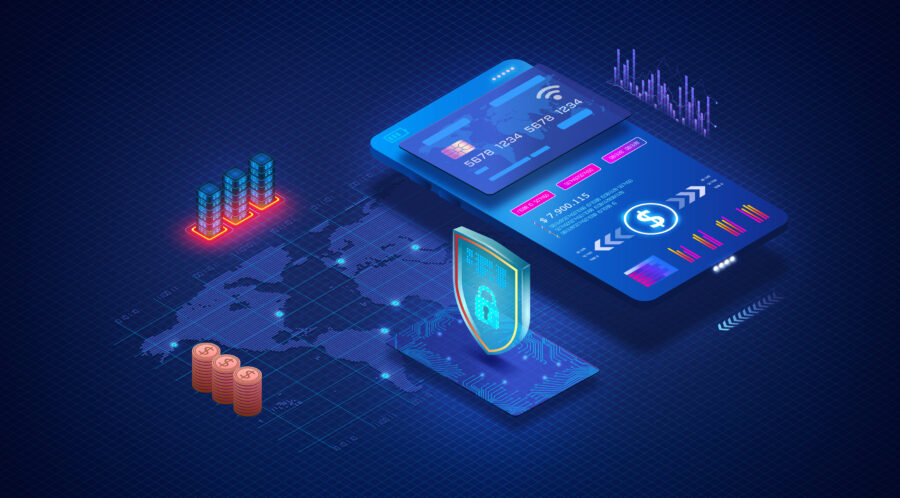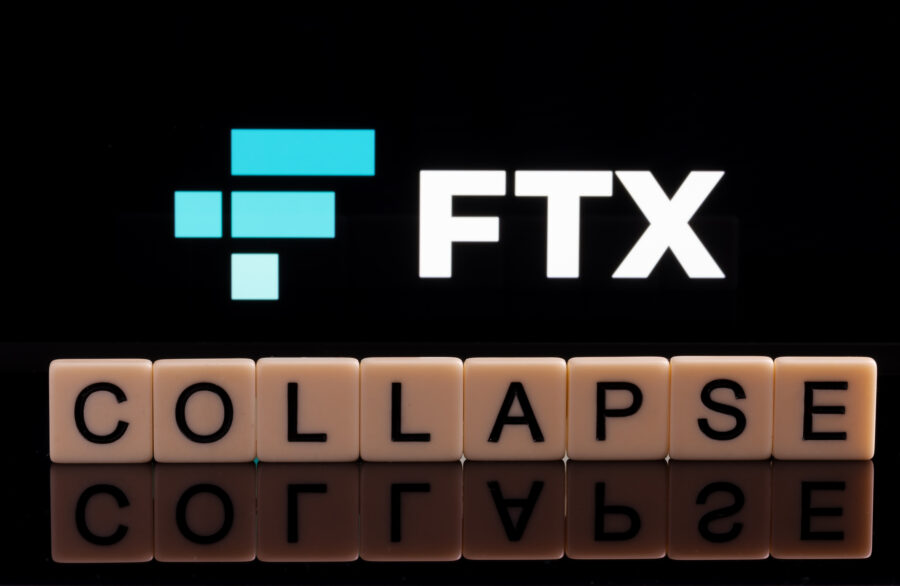
Microsoft Copilot – A First Look at the Workday of the Future?
Microsoft 365 has around 350 million paying users worldwide who use the Office Suite every day to create presentations, analyze data or collaborate in teams. Most of this daily work is done manually, as automation is not possible for all users due to a lack of knowledge. But it is exactly this challenge that Microsoft wants to solve with the introduction of Microsoft 365 Copilot. In this blog post, the function as well as the application possibilities of the Copilot are presented and fundamental implications of the collaboration between humans and arti-ficial intelligence in the everyday work of the future are shown.
Continue reading »






















